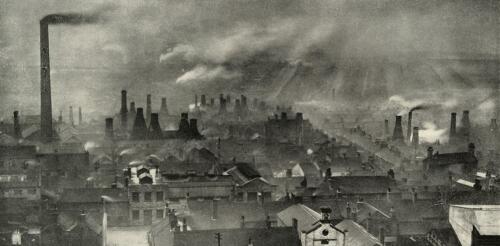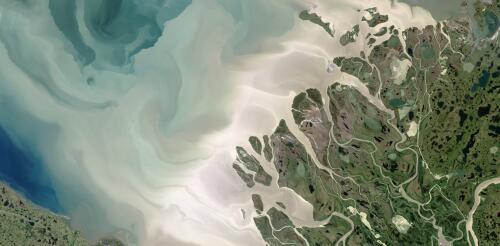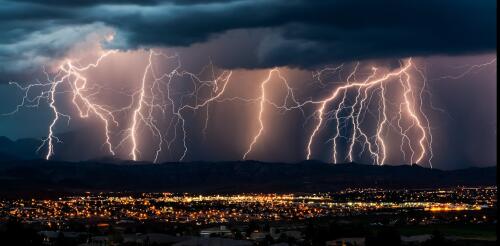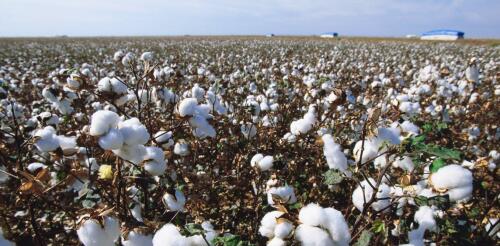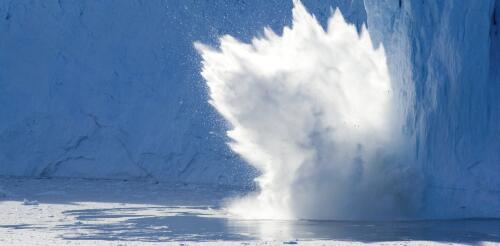environment
When people talk about the “Anthropocene,” they typically picture the vast impact human societies are having on the planet, from rapid declines in biodiversity to increases in Earth’s temperature by burning fossil fuels. Such massive planetary changes did not begin all at once at any single place or time. That’s why it was controversial when, after over a decade of study and debate, an international committee of scientists – the Anthropocene Working Group – proposed to mark the Anthropocene as an epoch in the geologic time scale starting precisely in 1952. The marker was radioactive fallout from hydrogen bomb tests. On March 4, 2024, the commission responsible for recognizing time units within our most recent period of geologic time – the Subcommission on Quarternary Stratigraphy – rejected that proposal, with 12 of 18 members voting no. These are the scientists most expert at reconstructing Earth’s history from the evidence...
As the Arctic warms, its mighty rivers are changing in ways that could have vast consequences – not only for the Arctic region but for the world. Rivers represent the land branch of the earth’s hydrological cycle. As rain and snow fall, rivers transport freshwater runoff along with dissolved organic and particulate materials, including carbon, to coastal areas. With the Arctic now warming nearly four times faster than the rest of the world, the region is seeing more precipitation and the permafrost is thawing, leading to stronger river flows. Major river basins of the Arctic region. NOAA Arctic Report Card We’re climate scientists who study how warming is influencing the water cycle and ecosystems. In a new study using historical data and sophisticated computer models of Earth’s climate and hydrology, we explored how climate change is altering Arctic rivers. We found that th...
It’s been a warm day, maybe even a little humid, and the tall clouds in the distance remind you of cauliflower. You hear a sharp crack, like the sound of a batter hitting a home run, or a low rumble reminiscent of a truck driving down the highway. A distant thunderstorm, alive with lightning, is making itself known. Lightning flashes in thunderstorms at least 60 times per second somewhere around the planet, sometimes even near the North Pole. Each giant spark of electricity travels through the atmosphere at 200,000 miles per hour. It is hotter than the surface of the sun and delivers thousands of times more electricity than the power outlet that charges your smartphone. That’s why lightning is so dangerous. Lightning kills or injures about 250,000 people around the world every year, most frequently in developing countries, where many people work outside without lightning-safe shelters nearby. In the United States, an average of 28 people were killed by lightning ev...
Cotton is one of the most valuable crops grown in the U.S., with a harvest value of some US$7 billion yearly. It is cultivated across a crescent of 17 states stretching from Virginia to California and is used in virtually every type of clothing, as well as in medical supplies and home goods such as upholstery. Cotton grows inside a hard, fibrous case called a boll. About 100 days after planting, the bolls mature and split open, revealing thousands of fluffy white fibers inside. Each boll contains 20 to 40 seeds with fibers attached to them, which is why the cotton plant’s fruit is called seed cotton. Picking cotton manually, as is still done in some major producing countries, is a meticulous task. Workers have to bend to reach the bolls and can hurt their hands on hard, dry parts of the plants. To harvest the seed cotton, they have to grab and twist it to separate it from the boll without leaving fiber behind. Starting in the 1930s, cotton farmers in the U.S. shifted f...
Superstorms, abrupt climate shifts and New York City frozen in ice. That’s how the blockbuster Hollywood movie “The Day After Tomorrow” depicted an abrupt shutdown of the Atlantic Ocean’s circulation and the catastrophic consequences. While Hollywood’s vision was over the top, the 2004 movie raised a serious question: If global warming shuts down the Atlantic Meridional Overturning Circulation, which is crucial for carrying heat from the tropics to the northern latitudes, how abrupt and severe would the climate changes be? Twenty years after the movie’s release, we know a lot more about the Atlantic Ocean’s circulation. Instruments deployed in the ocean starting in 2004 show that the Atlantic Ocean circulation has observably slowed over the past two decades, possibly to its weakest state in almost a millennium. Studies also suggest that the circulation has reached a dangerous tipping point in the past that sent it into a precipitous, uns...
